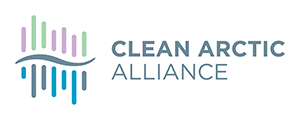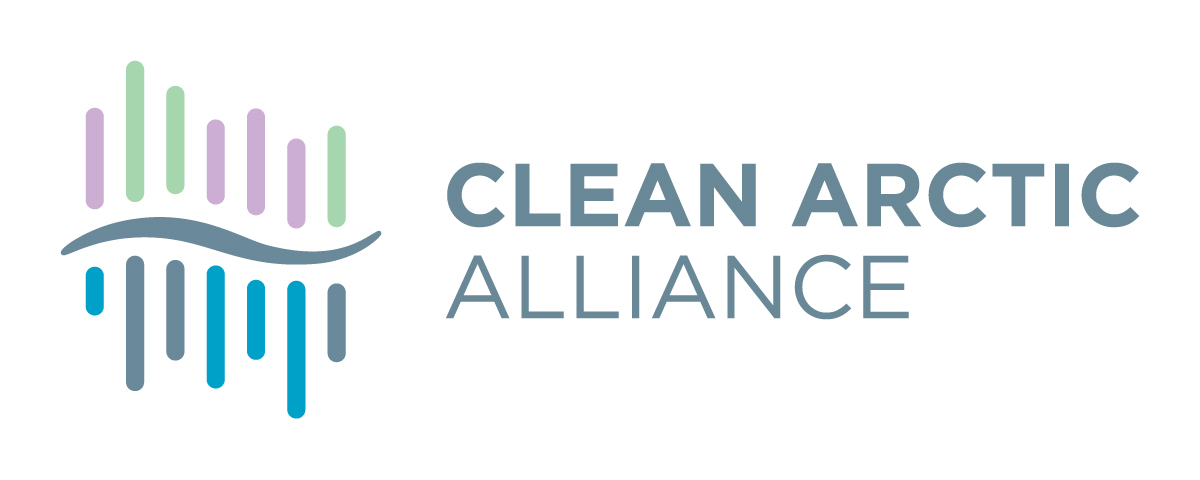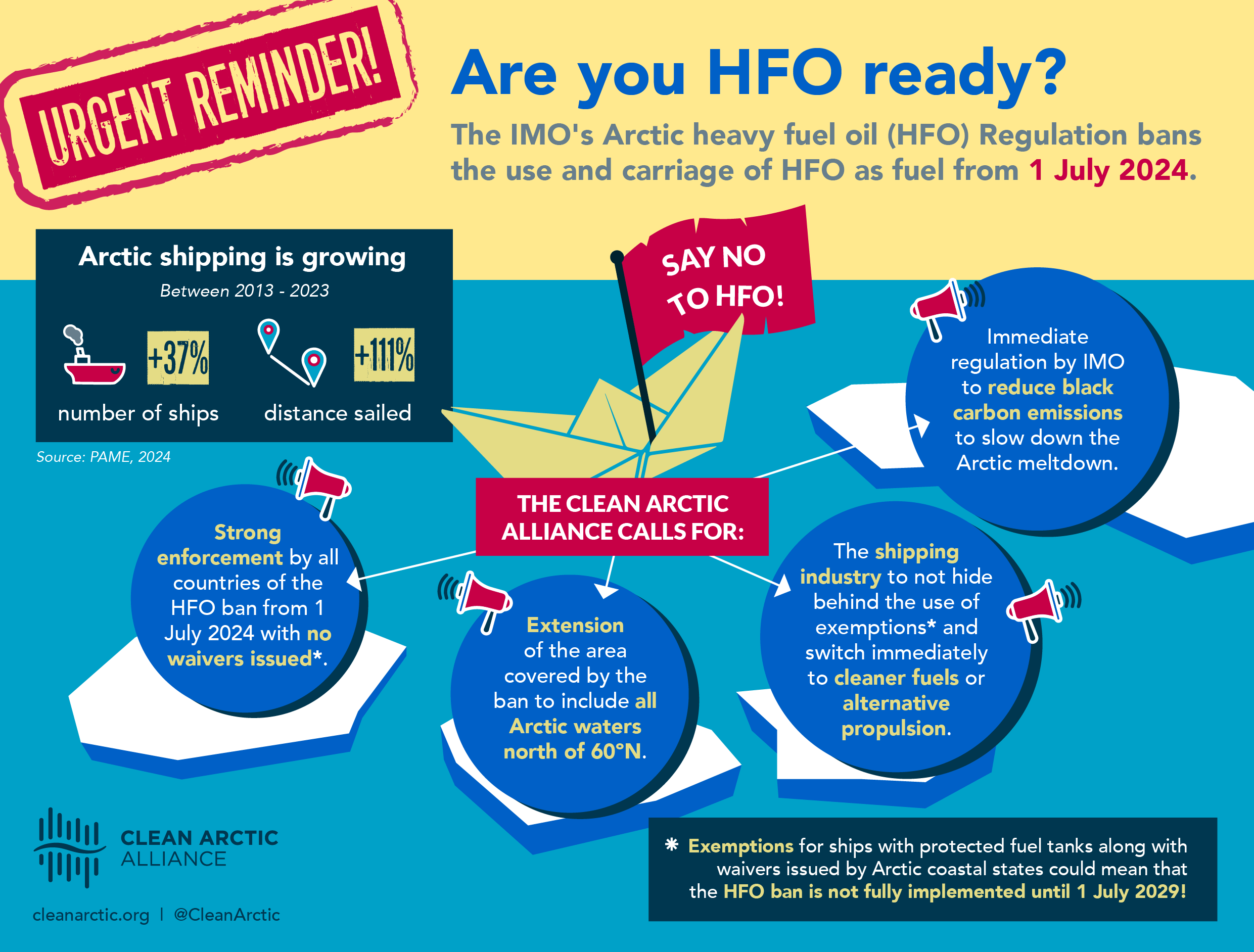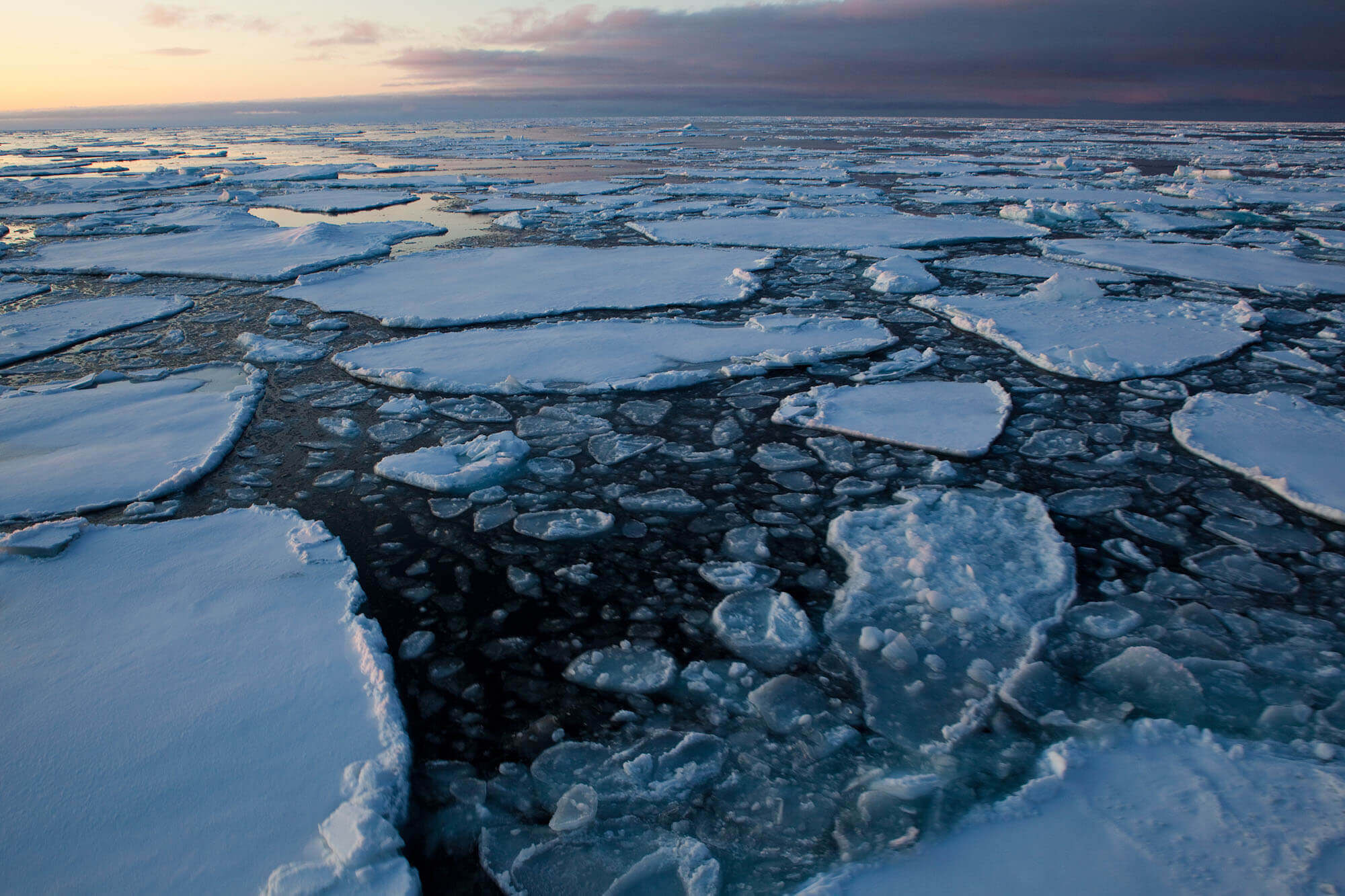Dr Sian Prior
As the northern hemisphere summer draws to a close, the Arctic is big news. For the first time, a tanker – the Cyprus-flagged Christophe de Margerie, carrying a cargo of liquefied natural gas (LNG), has crossed the Arctic’s Northern Sea Route – without icebreaker escort. Methane explosions are reported in remote parts of the Arctic, Tundra fires are burning in Greenland, and Hurricanes Harvey and Irma, which have devastated communities around the Gulf of Mexico and Caribbean Sea, have been linked to Arctic warming.
The Arctic is certainly changing. This month, the US National Snow and Ice Data Center published its bi-annual assertion of the Arctic summer sea ice minimum, letting us know how climate change is having an impact on the Arctic marine environment. Already this year, Arctic sea ice hit a new record – the lowest amount of winter ice since records began, 38 years ago. And while there’s reportedly more ice than the record-low extent in 2012, there is open water further north into the Beaufort Sea than at any time since 1979, when satellite records began. Furthermore, the September cover of ice that is at least four years old declined to 6% of its former area between 1984 and 2016. According to the NSIDC, the 2017 minimum was 610,000 square miles below the 1981-2010 average and the eighth lowest year in the 38-year satellite record.
With the Arctic facing such challenges, it is important to act swiftly to put in place the best possible protection for the region. In early July, the Clean Arctic Alliance attended the International Maritime Organization’s (IMO) Marine Environment Protection Committee (MEPC 71) in London, where we welcomed an agreement made by member nations to move forward on a proposal to identify measures to mitigate the risks posed by the use of heavy fuel oil (HFO) and its carriage as shipping fuel in Arctic waters.
The proposal, Measures to Reduce Risks of Use and Carriage of Heavy Fuel Oil as Fuel by Ships in Arctic Waters, was put forward by Canada, Finland, Germany, Iceland, the Netherlands, Norway and the United States, and supported at the meeting by the Czech Republic, Denmark, Estonia, France, Poland, Russia, Singapore, Spain and Sweden. Concrete proposals for measures to reduce the risks of HFO will now be considered by MEPC 72 in April 2018.
From the IMO website:
Protecting the Arctic from heavy fuel oil – work to begin at MEPC 72
The MEPC agreed to add a new output in its work programme on the development of measures to reduce risks of use and carriage of heavy fuel oil (HFO) as fuel by ships in Arctic waters. This new output will appear on the agenda for its next session (MEPC 72) in April 2018.
Member Governments and international organizations were invited to submit concrete proposals on what type of measures should be developed, including the scope of the work, to MEPC 72, so that clear instructions can be given to the PPR Sub-Committee which will carry out the detailed technical work, starting at PPR 6.
The use and carriage of heavy fuel oil is banned in Antarctic waters under MARPOL and the IMO Polar Code recommends that States follow the same practice in the Arctic.
While mitigation measures, such as emission control areas or routeing of ships will reduce the risks, a ban on the use of HFO and carriage of HFO as fuel is the simplest and easiest measure to enforce which will provide the best protection for the Arctic. Not only will this ensure the adoption and implementation of higher environmental standards for shipping, it will also help protect the livelihoods of people living in the Arctic, marine wildlife and the ecosystems on which they both depend. This might seem ambitious, however an Arctic ban could be adopted as early as 2020, and come into effect 18 months later. Similar protections for the waters surrounding Antarctica were adopted in 2010.
About HFO & Arctic Shipping
So what is heavy fuel oil and why is it such a problem? Well, HFO is a dirty and polluting fossil fuel that powers ships throughout our seas and oceans, and is already banned in Antarctic waters. In the Arctic, around 75% of marine fuel currently carried is HFO; over half by vessels flagged to non-Arctic states – countries that have little, if any, connection to the Arctic.
But as sea ice melts and opens up Arctic waters further, even larger non-Arctic state flagged vessels fuelled by HFO are likely to divert to Arctic waters in search of shorter journey times – and the Christophe de Margerie was just the first. Combined with an increase in Arctic state flagged vessels targeting previously non-accessible resources, this will greatly increase the risks of HFO spills and emissions of black carbon.
If HFO is spilled in the cold waters of the Arctic, it breaks down slowly, with long-term devastating effects on both livelihoods and ecosystems. HFO is also a higher source of harmful emissions of air pollutants, such as sulphur oxide, and particulate matter, including black carbon, than alternative fuels such as distillate fuel and liquefied natural gas (LNG). When emitted and deposited on Arctic snow or ice, the climate warming effect of black carbon is up to five times more than when emitted at lower latitudes, such as in the tropics. Black carbon settles on the sea ice making it darker and less reflective – and more susceptible to melting. An Arctic Ocean without sea ice warms even faster – which will likely have consequences not just for the Arctic, but further south too.
The Clean Arctic Alliance believes that IMO Member States have taken a significant step forward to recognise the risks posed by HFO spills to local indigenous communities and to the environment. We certainly welcome the broad support from members towards providing the protection required in vulnerable Arctic waters, including Russia’s support for the proposal for the IMO to commence new work to identify measures to reduce the risks of HFO. The Russian Minister for Natural Resources said recently that “it would be good to reduce the use of heavy fuel oil (HFO) in the Arctic”. Recent research from the International Council on Clean Transportation shows that in 2015 Russian flagged ships dominated the shipping activity, HFO consumption, and black carbon emissions in the Arctic.
While Russian-flagged ships dominate the Arctic fleets, the ICCT report shows that ships flying flags from beyond the Arctic region dominate the carriage of HFO – with Panama, Liberia and Marshall Island flagged vessels responsible for 12% each of the HFO fuel carried in the Arctic region. The Clean Arctic Alliance is concerned that without adequate regulation, nations from beyond the Arctic will have less vested interest in protecting the comparatively pristine environment. Although not figuring in the statistics for 2015, China and South Korea are other nations not just interested in the potential of making greater use of the Northern Sea Route, but actively developing the infrastructure and skills base for expanded polar shipping. It was recently reported that China had invested in a number of overseas port projects including a number in the Arctic – in Norway and Iceland – and is hoping to establish itself as a global maritime power.
The retreat of Arctic sea ice creates the potential for more ship traffic to use the shorter Arctic sea routes to transport cargoes between south-east Asia and Europe. This increase in Arctic shipping has already begun. With the Arctic warming at an unprecedented rate and with the shipping industry making tentative steps towards the normalization of Arctic shipping routes, it is imperative that the IMO starts work on developing new measures, including a ban on HFO use in the region, without delay. The IMO agreement in July was significant, but now we need to see action from member states.
Although there are currently no restrictions on the use or carriage of HFO fuel in the Arctic, the Polar Code, adopted by IMO Members in 2015, recommends that ships apply the same rules as have already been agreed for the Antarctic, where HFO is completely prohibited. Some companies do follow the recommendation, and some had even stopped using HFO before the recommendation came into effect. Analysis of shipping data for 2015, indicated that less than 50% of ships in the Arctic are currently using HFO and are now using alternative fuels. Recognising the threat posed by black carbon emissions from shipping in the Arctic, Danish Shipping and the Association of Norwegian Shipowners have both called for a ban on the use of HFO in the Arctic.
What happens next?
At MEPC 71 in July, there was consensus that the proposed new work on measures to mitigate the risks of HFO use was urgent and should be added to the 2018 – 2019 work programme of MEPC. MEPC 72 will commence work to consider concrete proposals for measures in April 2018, and it is anticipated that the work could be completed within two years. Once consensus is achieved on the most appropriate measures to reduce the risk, they will be approved and adopted by the IMO Members. The Clean Arctic Alliance is calling on the IMO’s Arctic Members to recognise this urgency by supporting the adoption of a measure in 2020 which would eliminate the use of HFO and carriage of HFO as bunkers in the Arctic.
And when MEPC 72 opens in London, we will be there to repeat the message: get heavy fuel out of Arctic shipping.
Dr Sian Prior is Lead Advisor to the Clean Arctic Alliance
HFO-Free Arctic is a global campaign committed to protecting the Arctic from the hazards and risks posed by the use of heavy fuel oil (HFO). The campaign is currently working to secure a legally binding phase out of the use of HFO as marine fuel in Arctic waters by 2020. The campaign is led by the Clean Arctic Alliance.
The Clean Arctic Alliance is made up of 17 not-for-profit organisations committed to phasing out the use of HFO as marine fuel in the Arctic.





